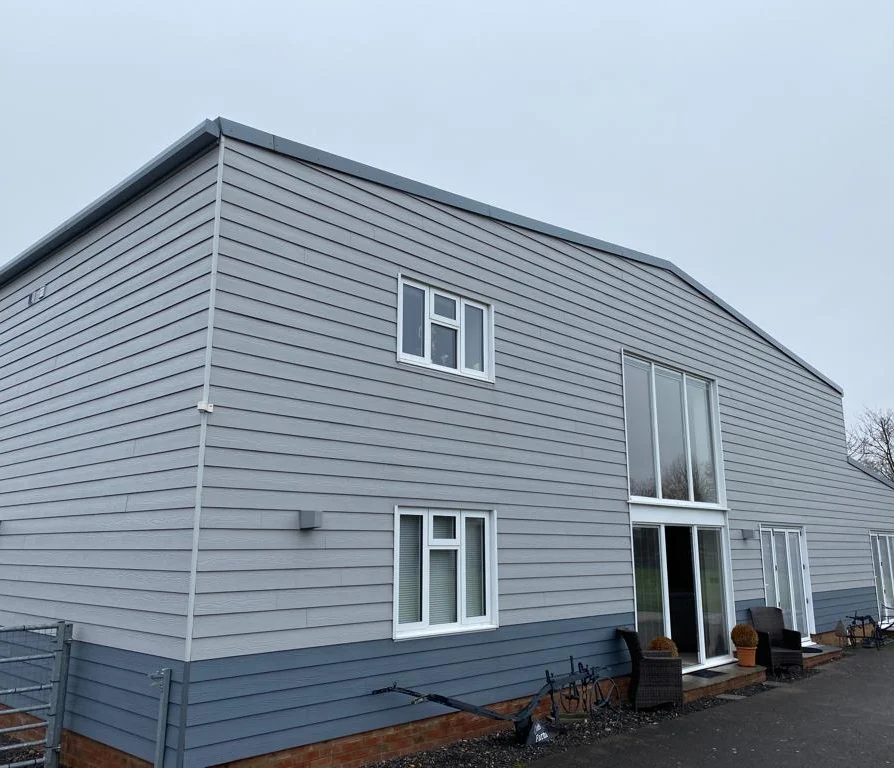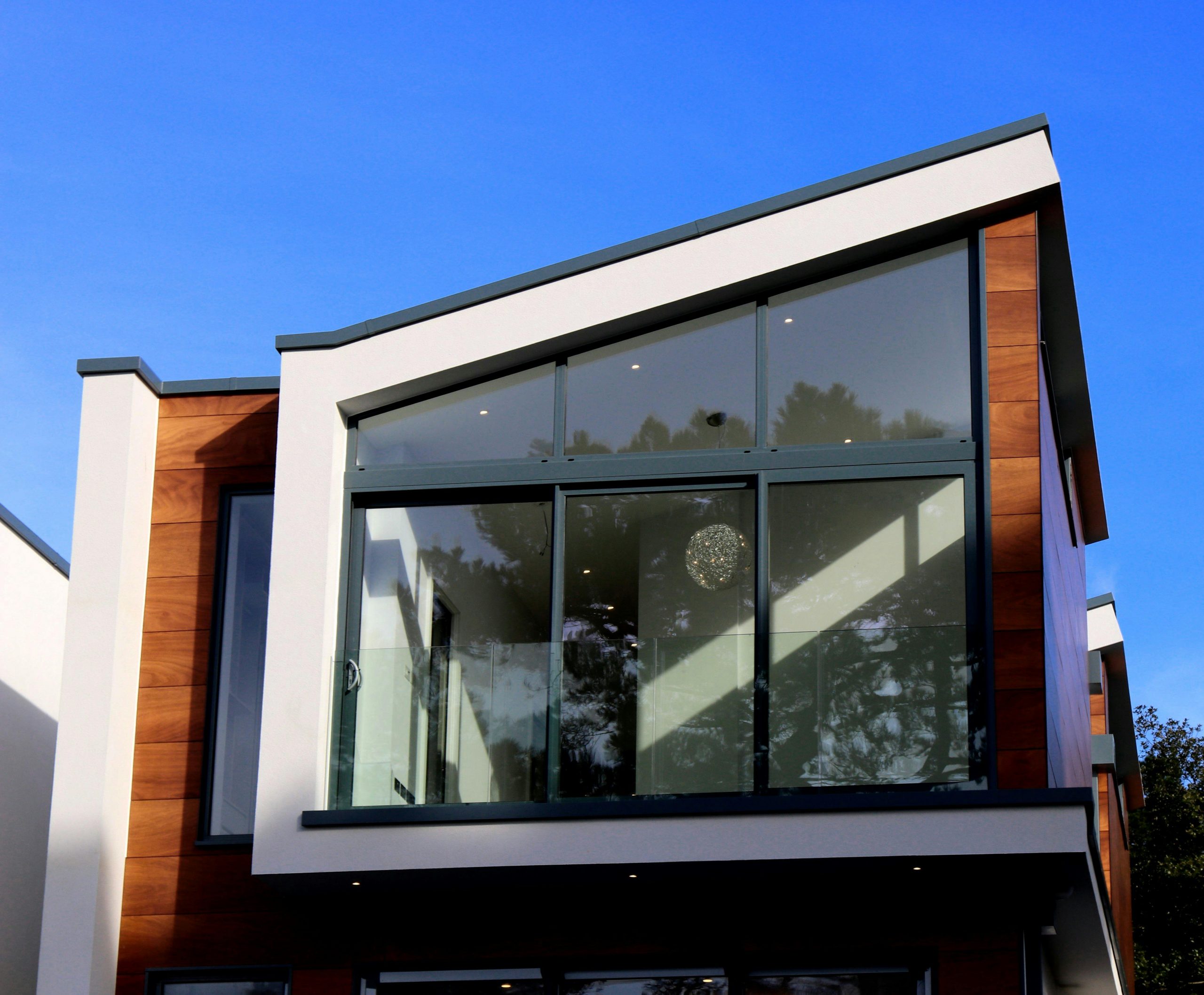Shedding Light on the Importance of Load Calculations for Solar Panels
As the world shifts towards renewable energy sources, solar power has emerged as a promising solution to reduce reliance on traditional electricity grids and mitigate environmental impact. With the increasing popularity of solar panel installations on residential rooftops, it becomes imperative to understand the critical role that load calculations play in ensuring the structural integrity and safety of these systems. In this blog post, we explore why load calculations are essential when considering solar panels for your home.
Understanding the Weight of Solar Panels
While harnessing sunlight to generate electricity may seem weightless in concept, the physical reality is quite different. Solar panels, mounting hardware, and associated equipment impose a considerable load on the roof structure. This additional weight must be carefully accounted for to prevent overloading and potential structural damage over time.
Assessing Roof Capacity
Every roof has a specified load-bearing capacity, determined by factors such as material strength, design, and construction standards. Before installing solar panels, it is crucial to assess whether the roof can safely support the added weight. Structural engineers conduct load calculations to evaluate the existing load-bearing capacity of the roof and determine its compatibility with the intended solar panel system.
Factors Influencing Load Calculations
Load calculations for solar panels are not a one-size-fits-all endeavor. Several factors influence the magnitude of the load, including:
- Panel Type and Size: Different types of solar panels vary in weight and dimensions. Load calculations account for the specific characteristics of the panels being installed.
- Mounting System: The method used to secure the solar panels to the roof (e.g., rack-mounted, ballasted, or integrated) affects the distribution of weight and load transfer mechanisms.
- Geographic Location: Environmental factors such as wind, snow, and seismic activity impact the load calculations, necessitating adjustments based on the local climate conditions.
Ensuring Structural Safety
The primary objective of load calculations is to ensure the structural safety and stability of the building under the added load imposed by solar panels. By accurately assessing the load-bearing capacity of the roof and designing appropriate support structures, engineers mitigate the risk of roof failure, structural deformation, and potential hazards to occupants and property.
Compliance with Building Codes and Standards
In addition to safeguarding structural integrity, adherence to building codes and standards is paramount in solar panel installations. Regulatory requirements often mandate load calculations and structural assessments to verify compliance with safety regulations and ensure that installations meet industry best practices.
Optimizing Performance and Longevity
Beyond structural considerations, load calculations also contribute to optimizing the performance and longevity of solar panel systems. Properly designed support structures minimize the risk of deflection, misalignment, and premature wear and tear, thereby enhancing the efficiency and durability of the installation over its operational lifespan.
Conclusion
Load calculations serve as a cornerstone in the successful integration of solar panels into residential rooftops. By accurately assessing roof capacity, considering various influencing factors, and designing structurally sound support systems, engineers facilitate the safe and sustainable adoption of solar energy technology. As homeowners embrace the benefits of renewable energy, collaboration with experienced structural engineers ensures that solar panel installations not only harness the power of the sun but also uphold the structural integrity and safety of the home.








